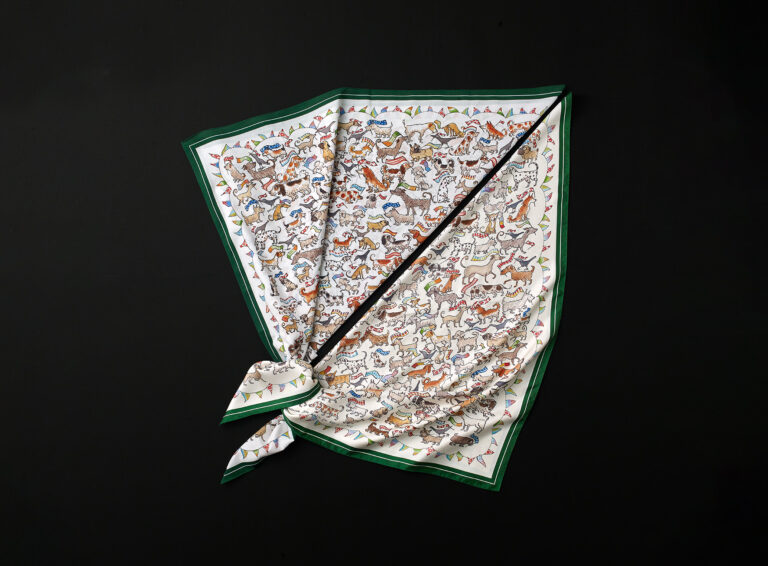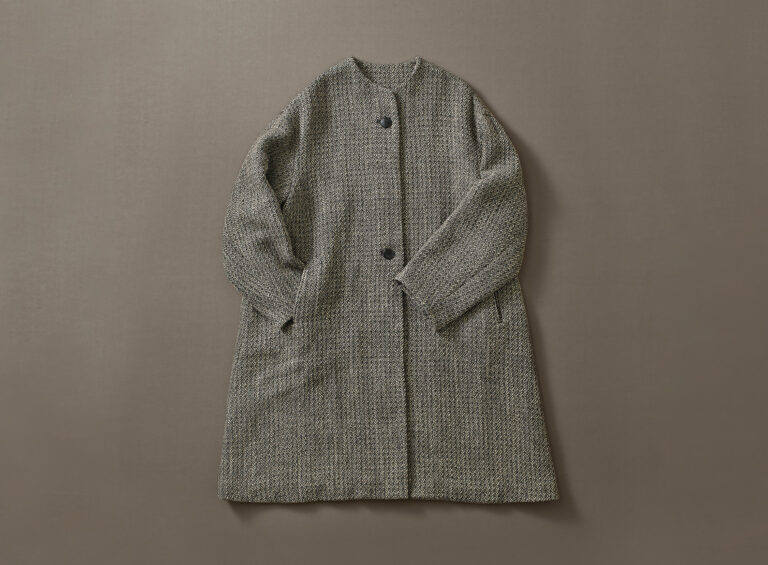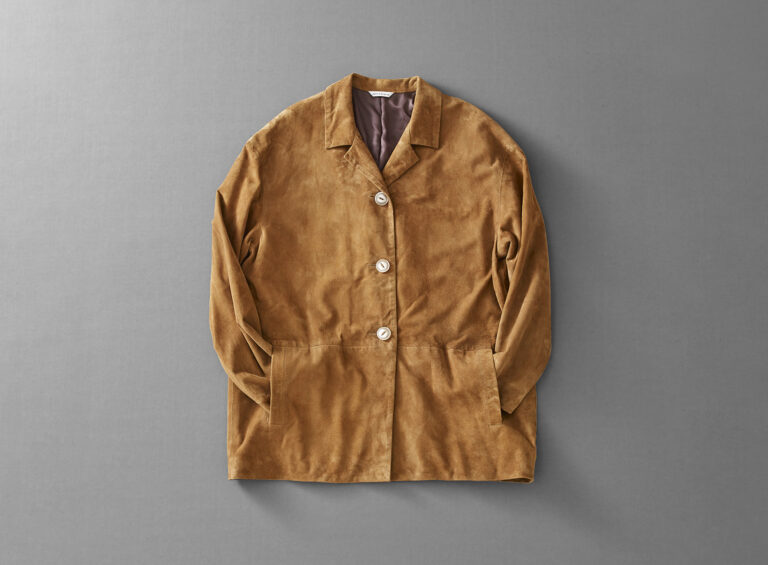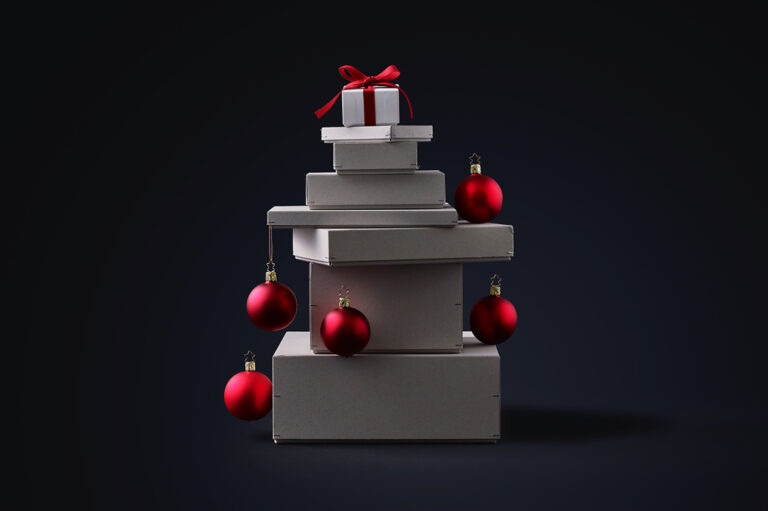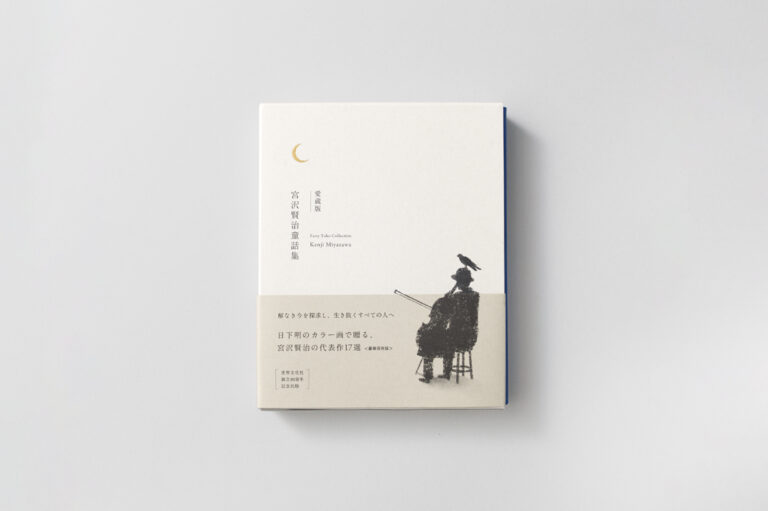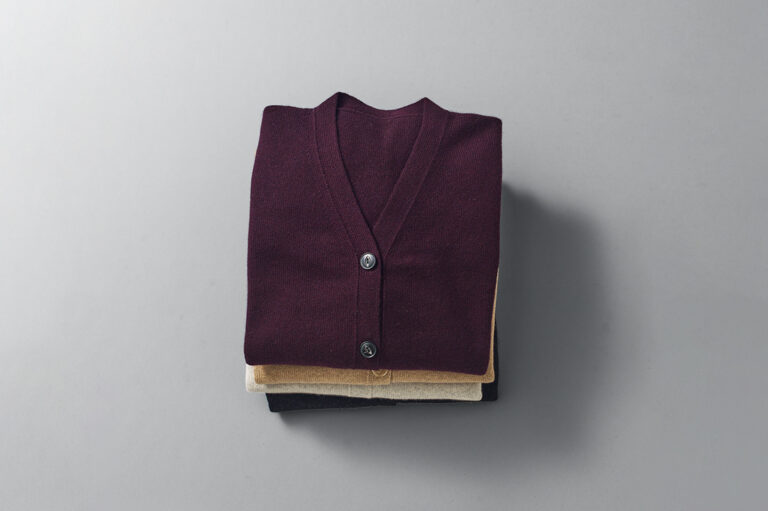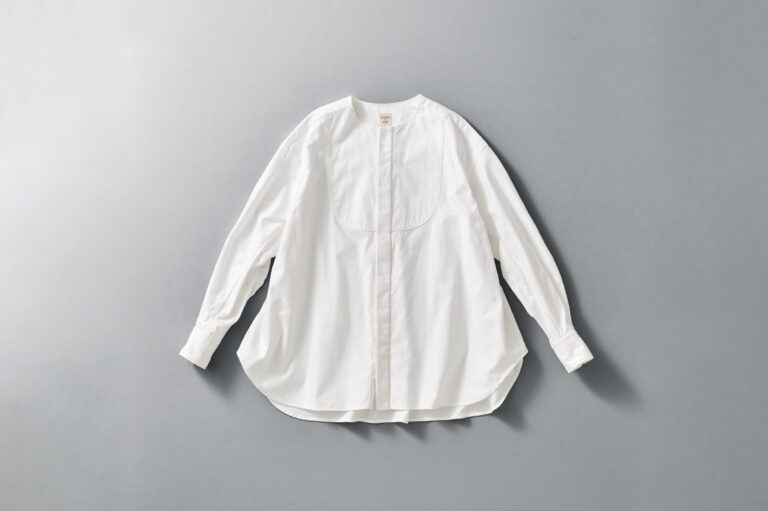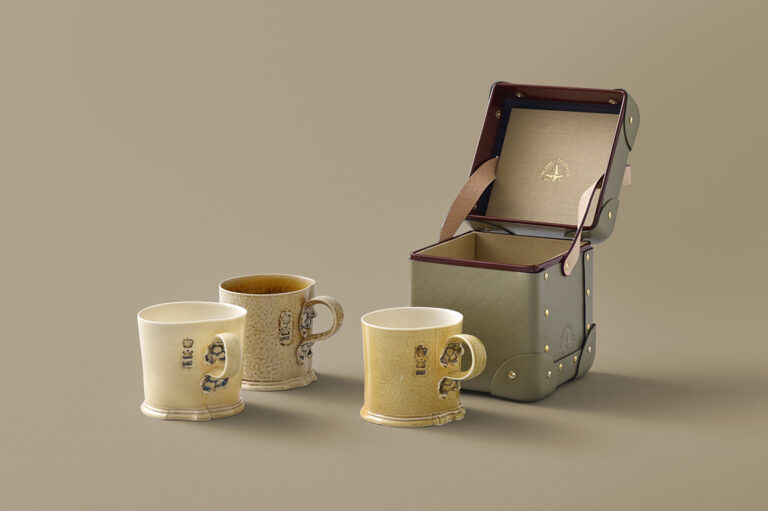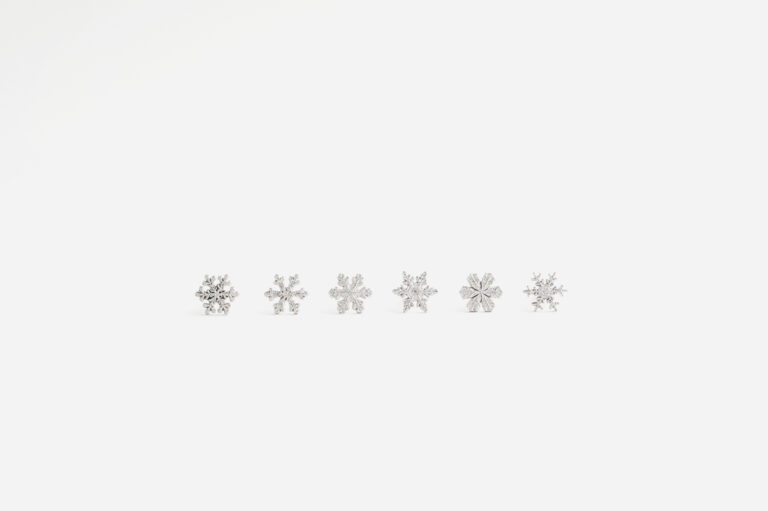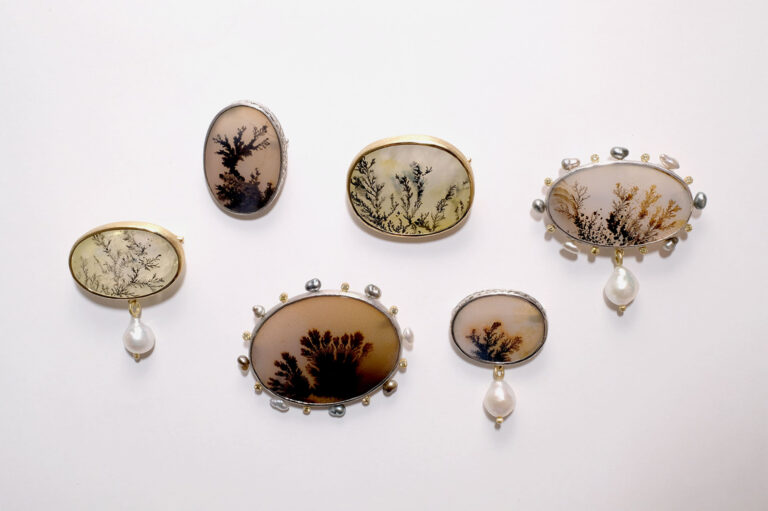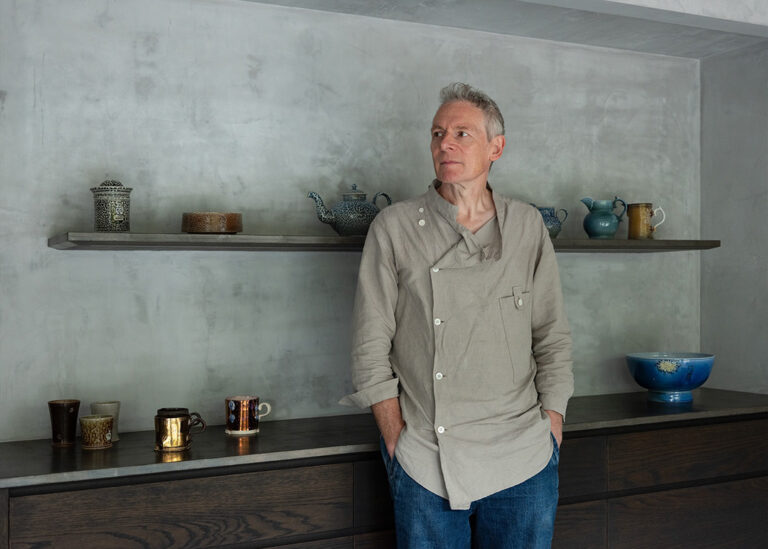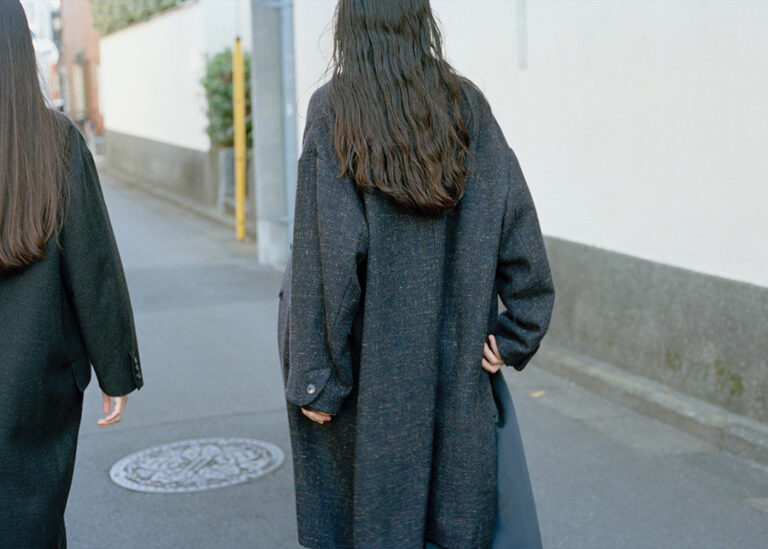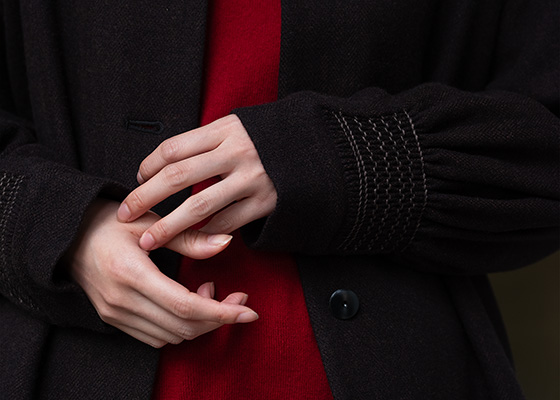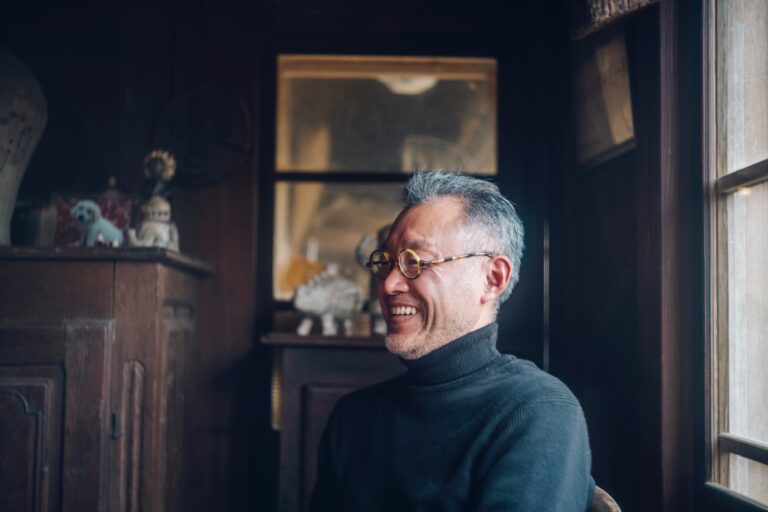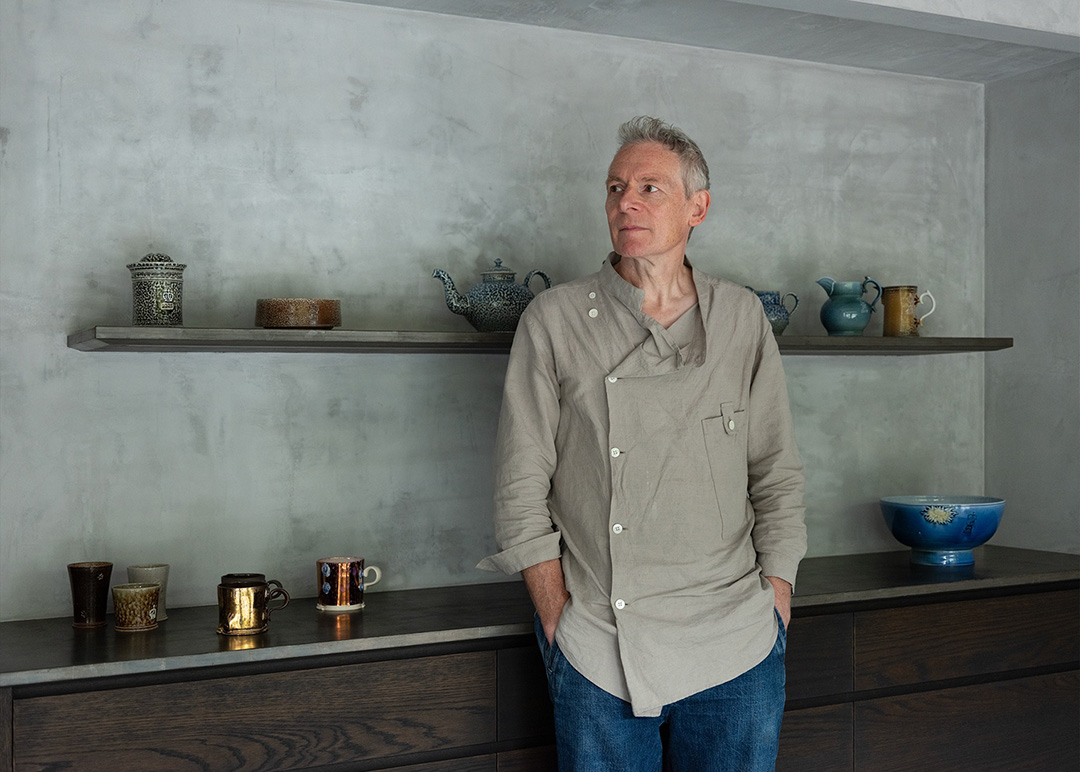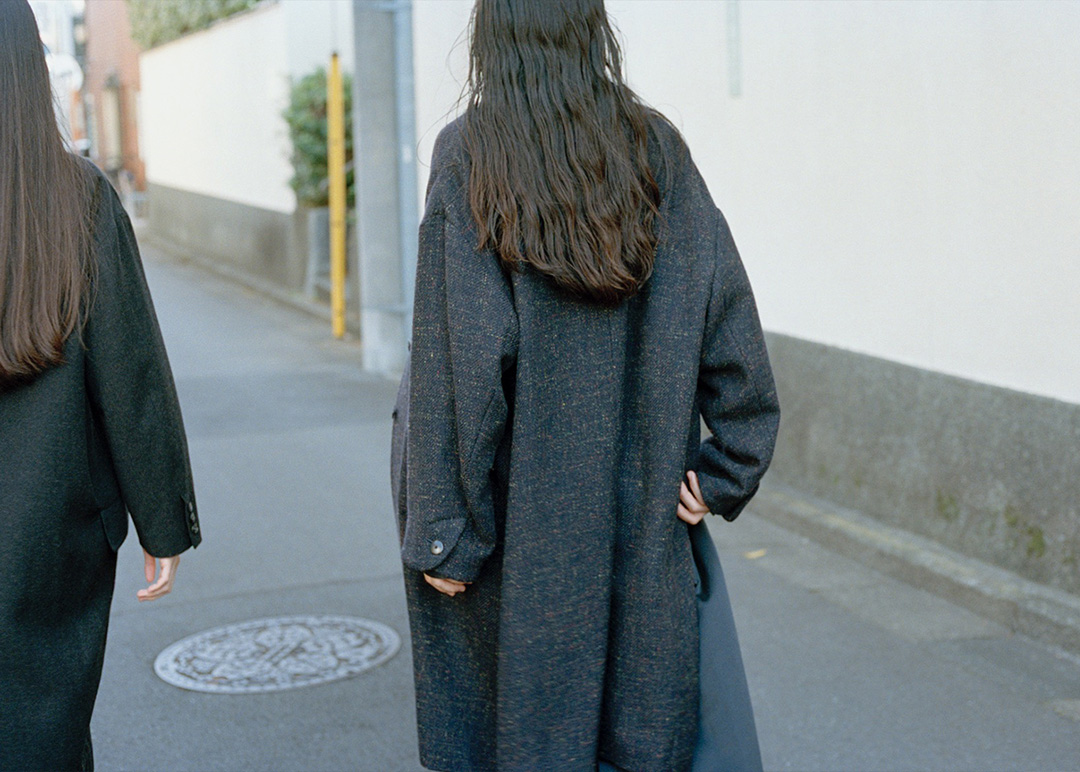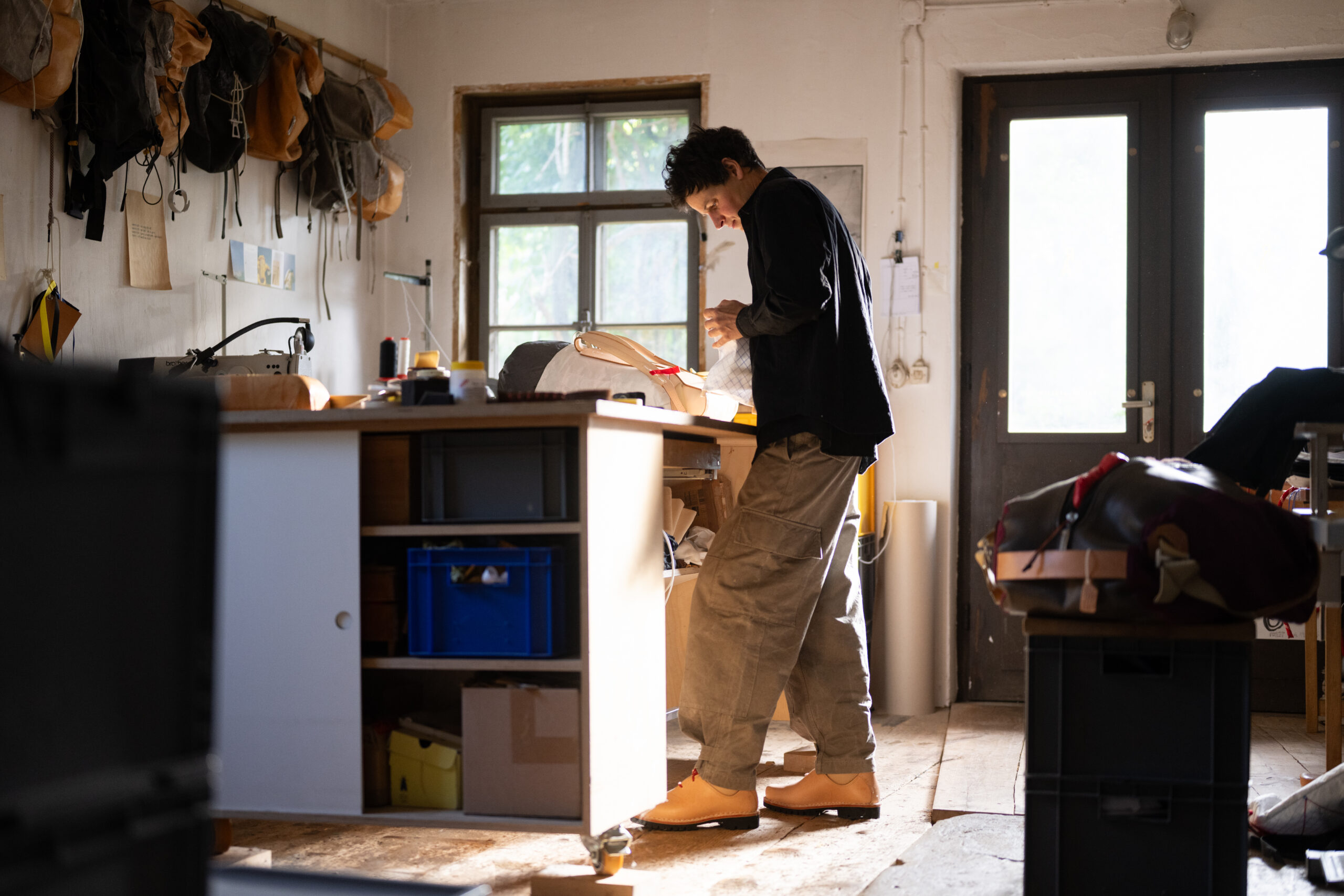
Genesis of the ESSENTIALS Project
- Could you tell us how this project came about?
-
Leander Angerer (Hereafter, L)
As I recall, this project started when I first met Sonya in Paris in 2019. Even though there was no clear plan about how we might work together initially, I really felt there was a mutual understanding of our work — of how product is made and offered to the ‘world out there.’ I had always had a strong interest in garments, so meeting Arts&Science inspired me, beyond my own work, which was still in its early stages at the time.
Around that time, I was working on the Rucksack#1 under RACING ATELIER and had in mind a trilogy of products: a backpack, a jacket, and boots. I imagined the three pieces complementing each other and forming ‘the perfect picture.’ Since then, I’ve been motivated to work on these items.
Through continuous events since 2019, my relationship with Arts&Science and Sonya grew closer, and our mutual understanding deepened. Then I was given the opportunity to think about how my approach could be relevant to garments. That was the start — the genesis — of the ESSENTIALS project.
-
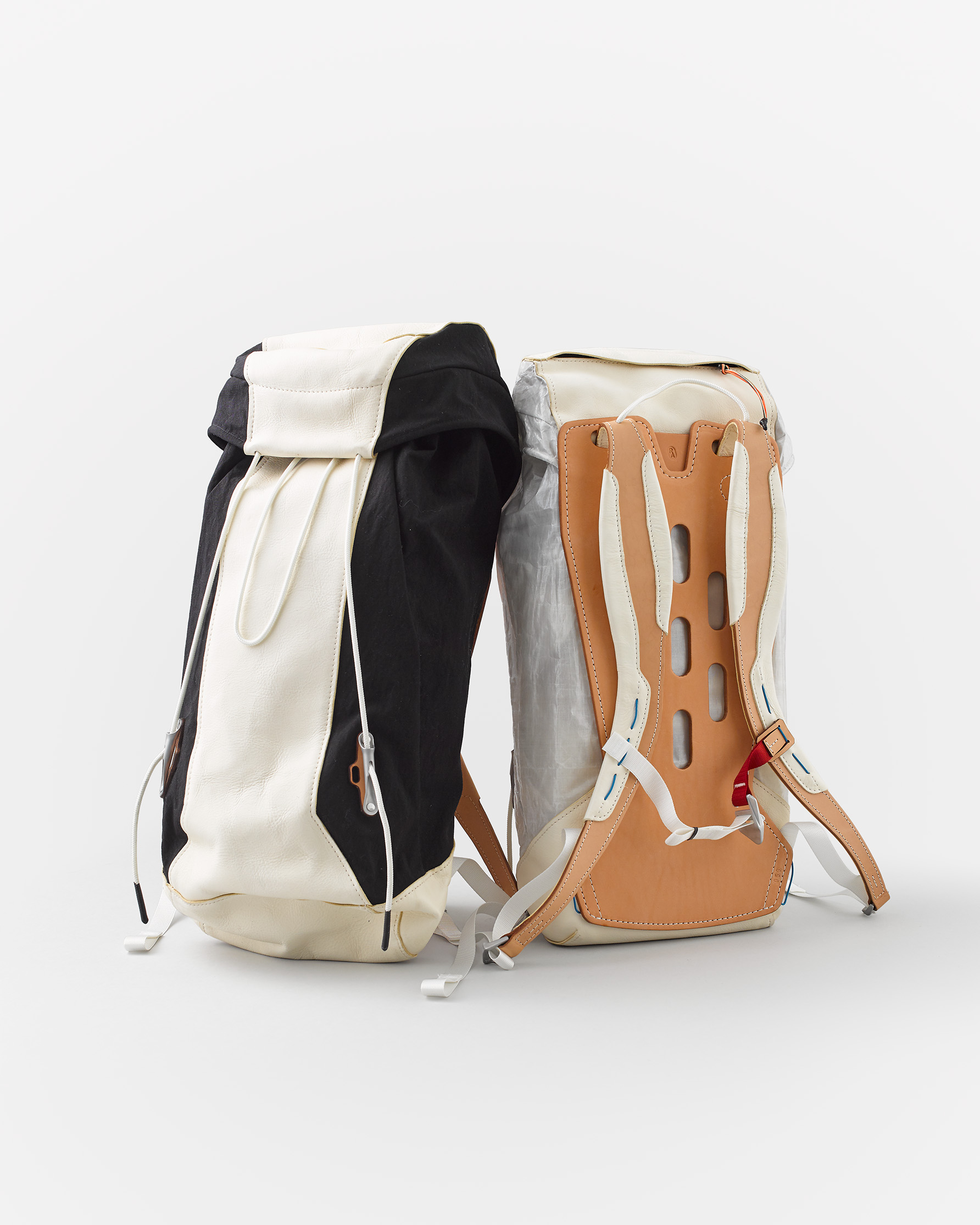
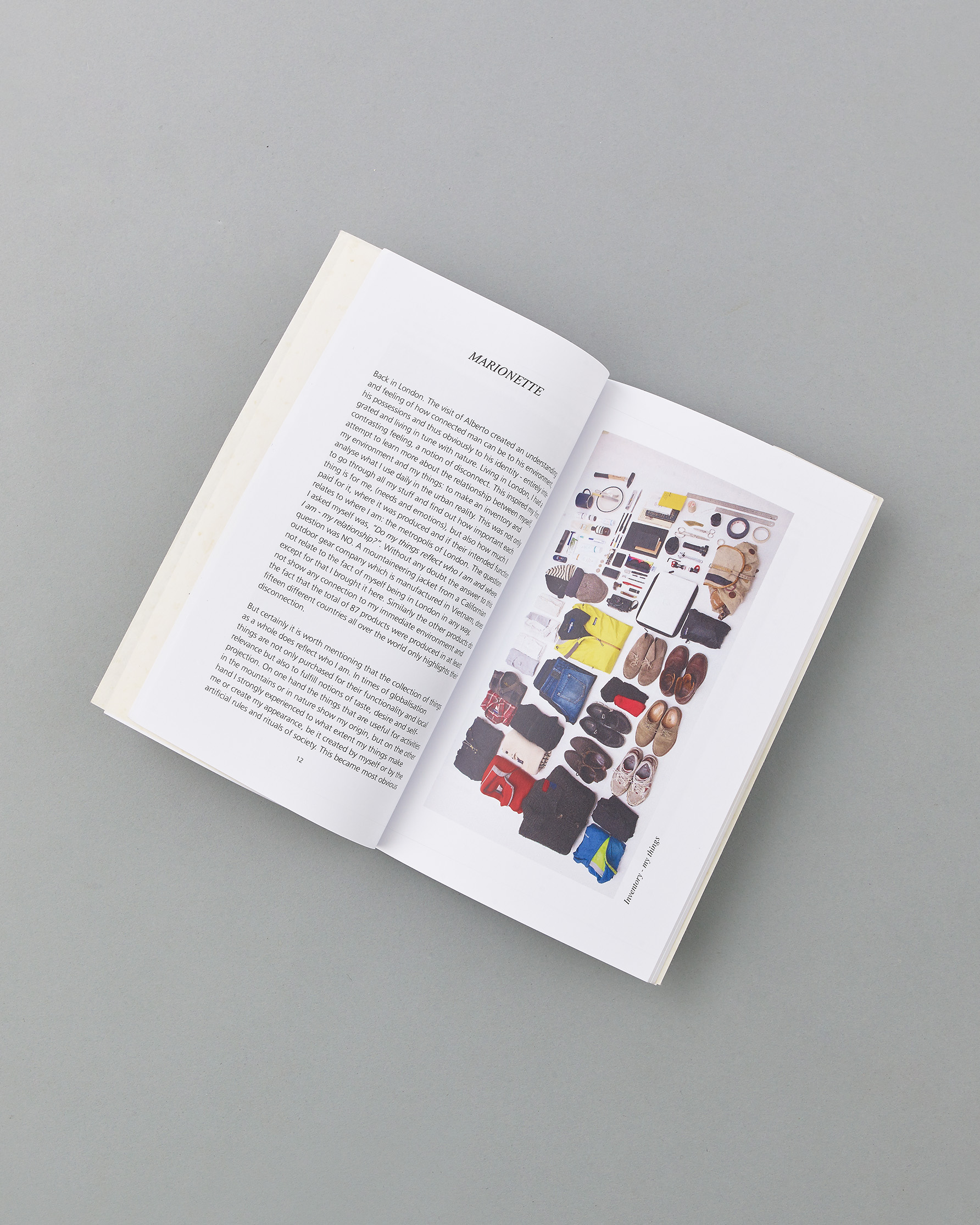
- Do you feel that the research presented in Hama ned z’vui – Drong ma ned z’schwaar, which you developed while studying at Central Saint Martins, is fundamentally connected to this project?
-
L
Yes, Hama ned z’vui – Drong ma ned z’schwaar (which can be translated as “Living the lightness of not having a lot”) lies at the heart of all my work. It’s the little book I compiled in 2012 as my MA thesis, and although new aspects have been added through my experiences since then, I still believe so much of it remains at the core of what I do.
The project name ESSENTIALS also emerged naturally in the process. It came out of trying to find an anchor point for what informs the project. Behind it are questions like: “What do we really need?” “What offers great versatility?” and “What is the essential message that garments should communicate?” As I carefully unraveled these layered themes—almost like peeling them back one by one—the contours of the project gradually came into focus.
-
Thoughts Behind the Design
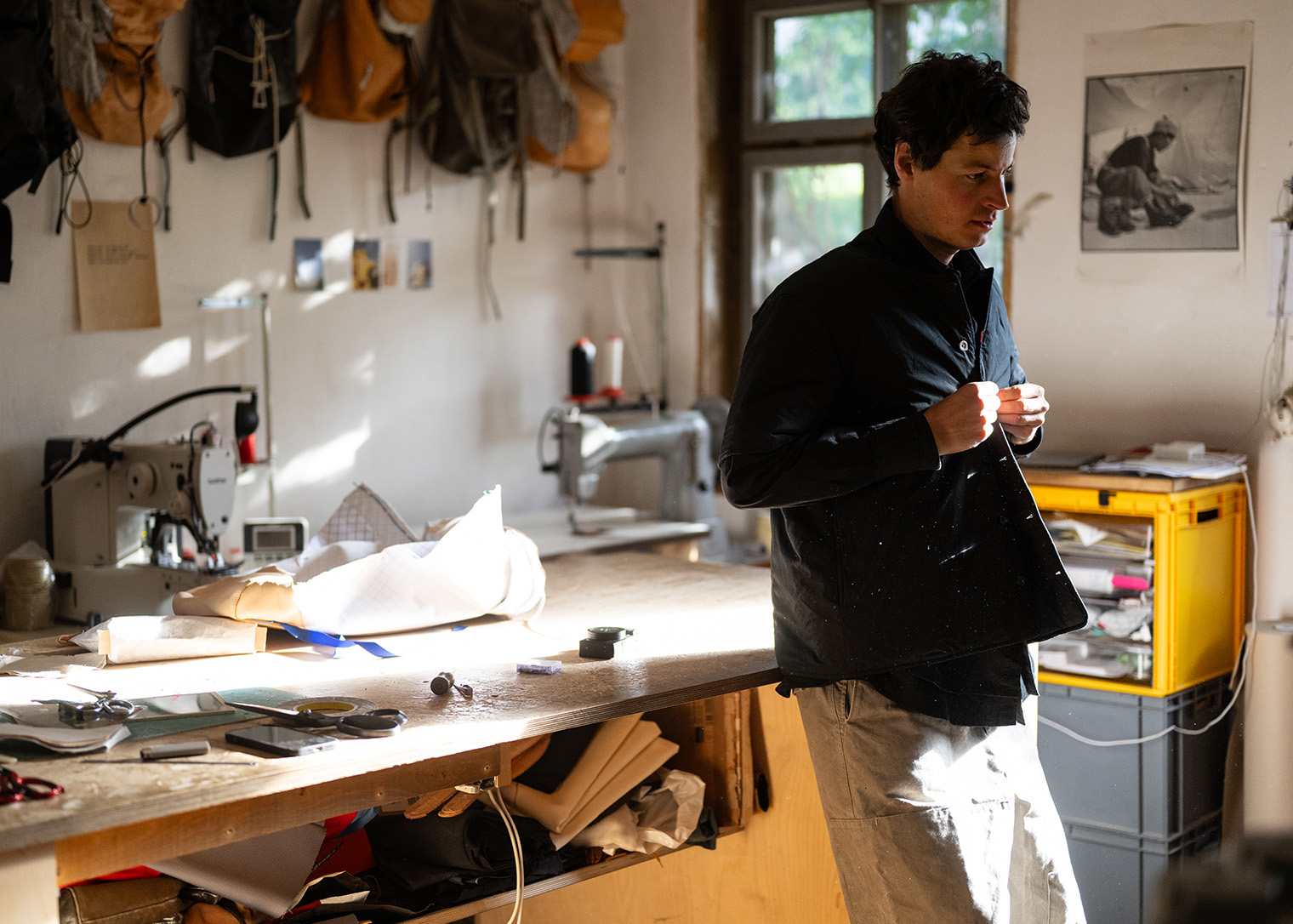
- Within the framework of the ESSENTIALS concept, which aspect did you focus on most?
-
L
The main concept was to bring both our capabilities together in one project. I could not make a garment of this level of finesse and expertise without Arts&Science—and at the same time, I wanted to offer something that Arts&Science “could not do” without me. In my understanding, that is the real sense of a collaboration.
ESSENTIALS draws its appeal from the meeting point of A&S’s fine fabrics and meticulous craftsmanship with my own focus on functionality and design—shaped by working between urban and outdoor environments.
-
- What aspects did you consider especially important?
-
L
One key design element was the layering concept—creating four pieces, the Anorak, Outer shirt, Insulation vest, and Inner shirt, that work well individually but also come together in a harmonious way that visually hints at the concept itself. It was important that each item functioned on its own without dependency on the others, while layering added new dimensions to the experience.
We carefully considered visual balance—such as garment lengths and pocket placement—alongside comfort and practical functionality when worn in layers. The different fabrics create “layers of texture,” which adds richness to the system.
I’d say the biggest challenge was designing the vest to fit well over the shirts, ensuring that each piece looks good and functions well both separately and combined. We went through many prototypes to achieve that beautiful and functional harmony.
-
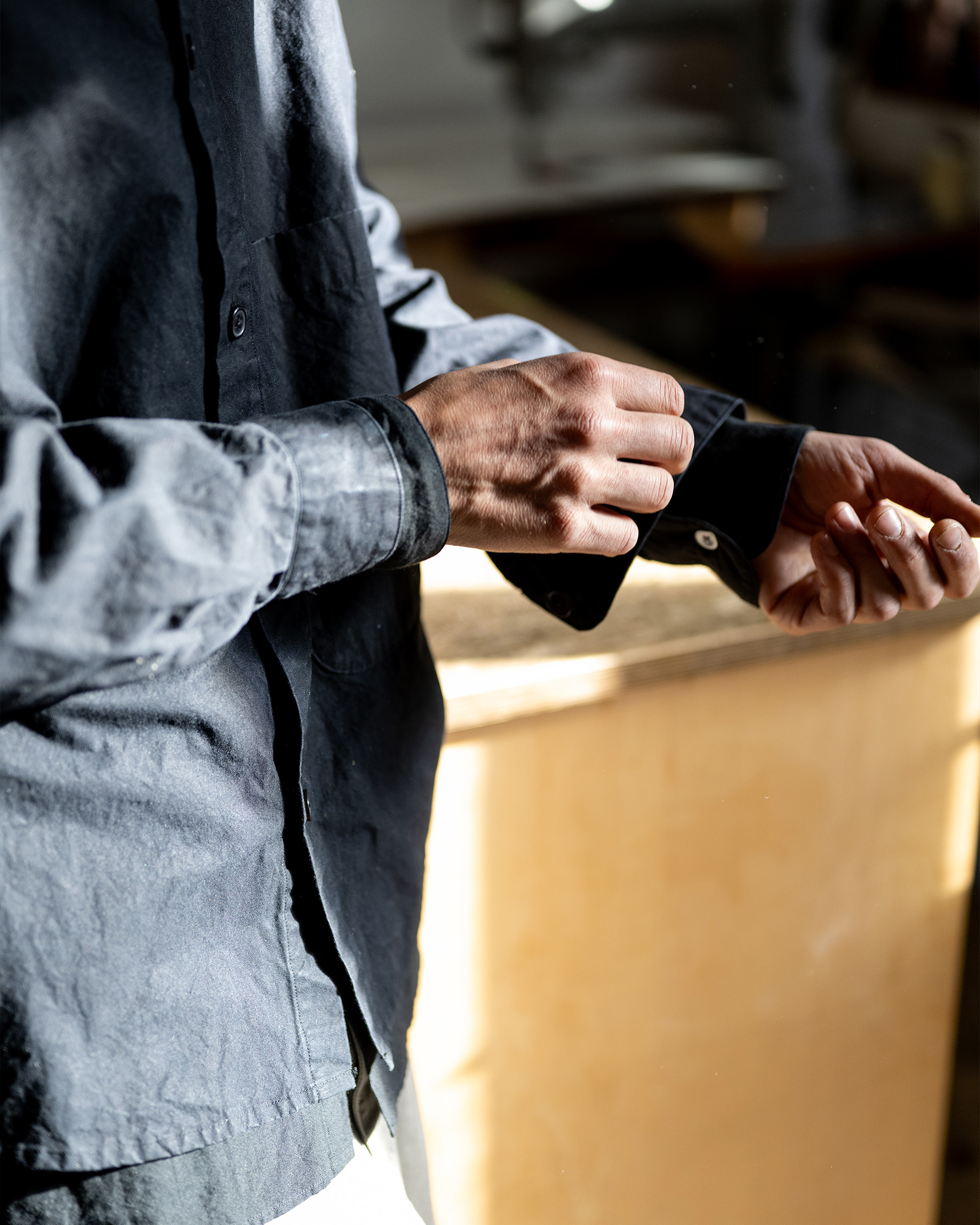
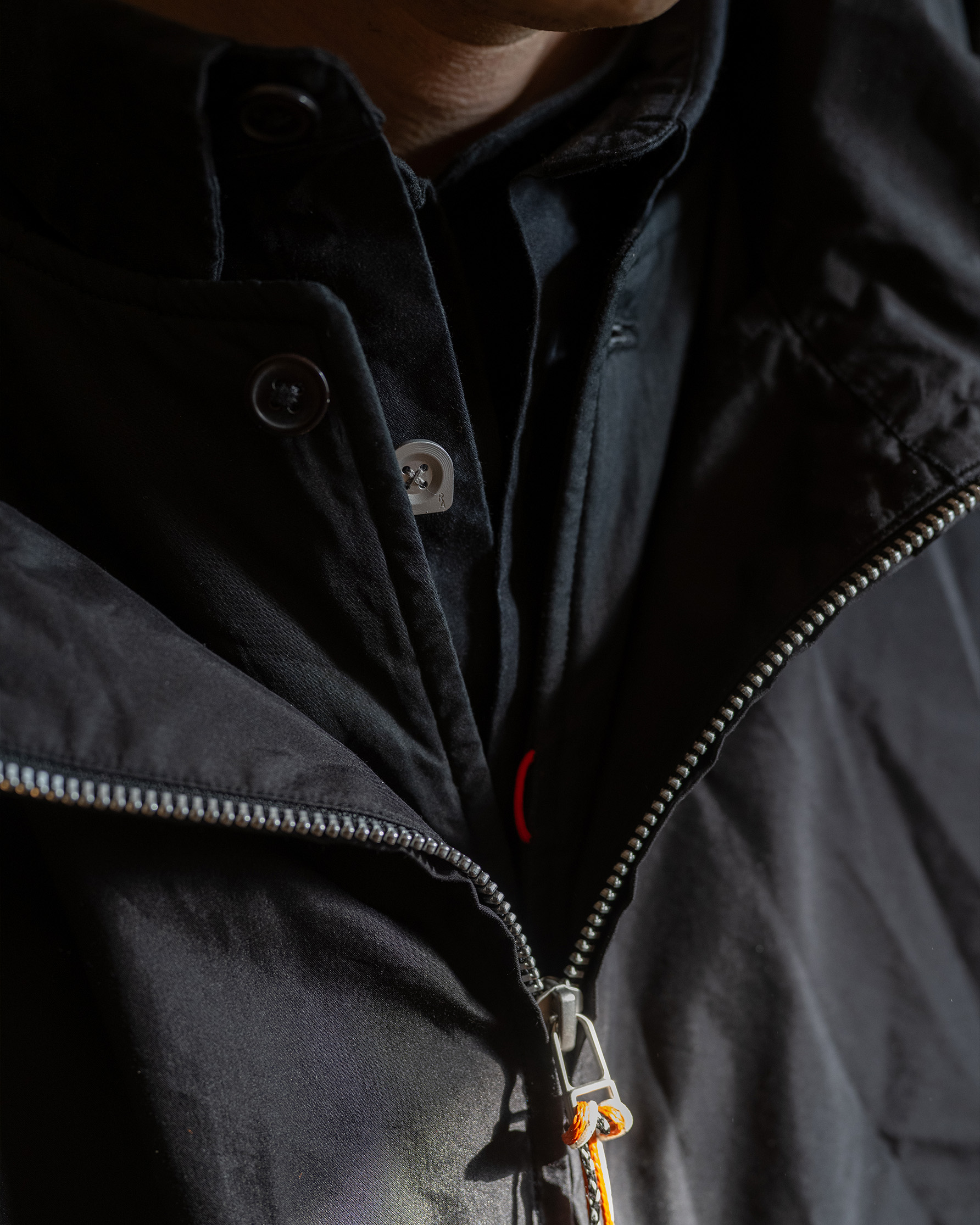
- What was your approach to materials and tailoring?
-
L
As a designer, a key element of this collaboration was to offer functionality informed by the values of A&S and its use in both urban and outdoor environments. This collection doesn’t aim to compete functionally with high-spec materials like GORE-TEX but instead uses more refined fabrics in a way that provides the necessary protection and freedom of movement for daily life.
Through these four items, I hope wearers experience great flexibility in their everyday activities and discover that functionality can be achieved with more natural, refined fabrics—resulting in a more comfortable overall feeling.
Beyond the design intentions, it was very important for me to find a good balance between the expertise and values of A&S and my own design aesthetic. I deeply respect A&S as an expert in garments and fabrics, and I sought to explore where my own thinking could complement theirs to create a unique experience.
-
On Collaborating with A&S — A Dialogue Between Design and Craft
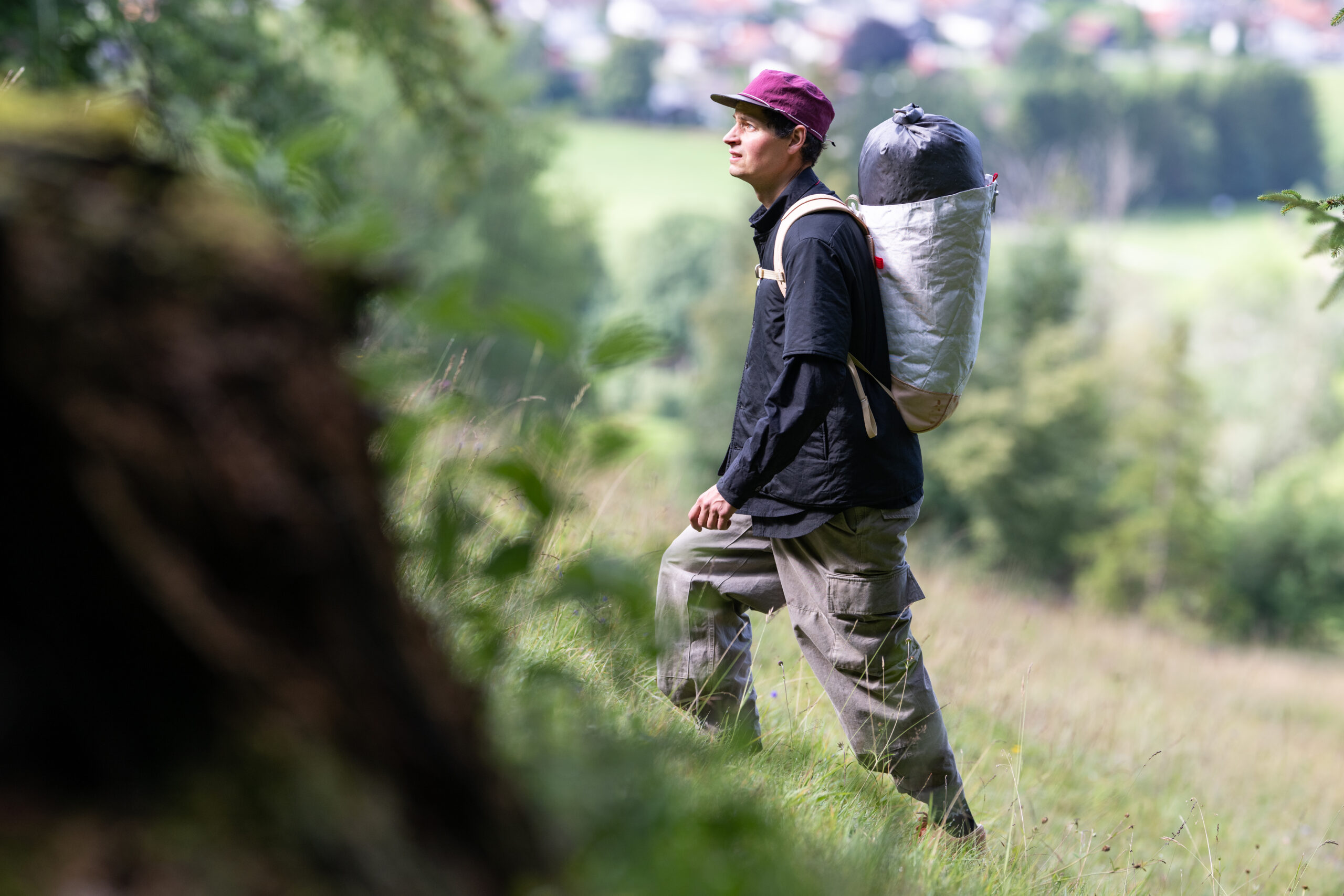
- Were there any particularly memorable exchanges or moments during your collaboration?
-
L
The project as a whole is a deeply memorable and special experience for me. Working with the A&S production team allowed me to learn, through our day-to-day exchanges, what truly defines a garment with great construction and fit.
One process that particularly stands out is how we continuously sought to strike a balance between my design-driven perspective and the more “hidden values” that A&S holds dear. It became clear to me just how essential those elements—things like precision tailoring, fabric selection, and subtle pattern adjustments—are to the overall quality of the garments, even though they don’t immediately reveal themselves on the surface.My own approach to design begins with structure and functionality, from which a sense of beauty naturally emerges. In that sense, I don’t see “RA the designer” and “A&S the maker” as separate entities. Rather, I see our relationship as one of shared viewpoints and mutual complement.
If this project feels alive, then I believe that vitality was born precisely out of that ongoing dialogue between us.
-
- What does ESSENTIALS mean to you personally?
-
L
It holds two meanings for me.
The first is about creating foundational garments—pieces that combine versatility and functionality to help us move through daily life comfortably.The second is a question I keep coming back to: How much do we really need? I think these four items can serve as a starting point to reconsider how we choose what we wear, and how we relate to the things we own.
They’re a proposal for what the “bare essentials” might look like—balancing functionality with beauty. But it’s not about reducing for the sake of minimalism. What I hope to offer is another perspective: through the process of selecting, layering, and using these garments, perhaps you can sense something of the maker’s thinking behind them.
The word ESSENTIALS also expresses an attitude toward construction and design. It’s about making deliberate choices, stripping away the unnecessary, and gradually arriving at something that feels whole and refined. That ongoing process is really the essence of this project—and to me, that’s what ESSENTIALS is about.
-
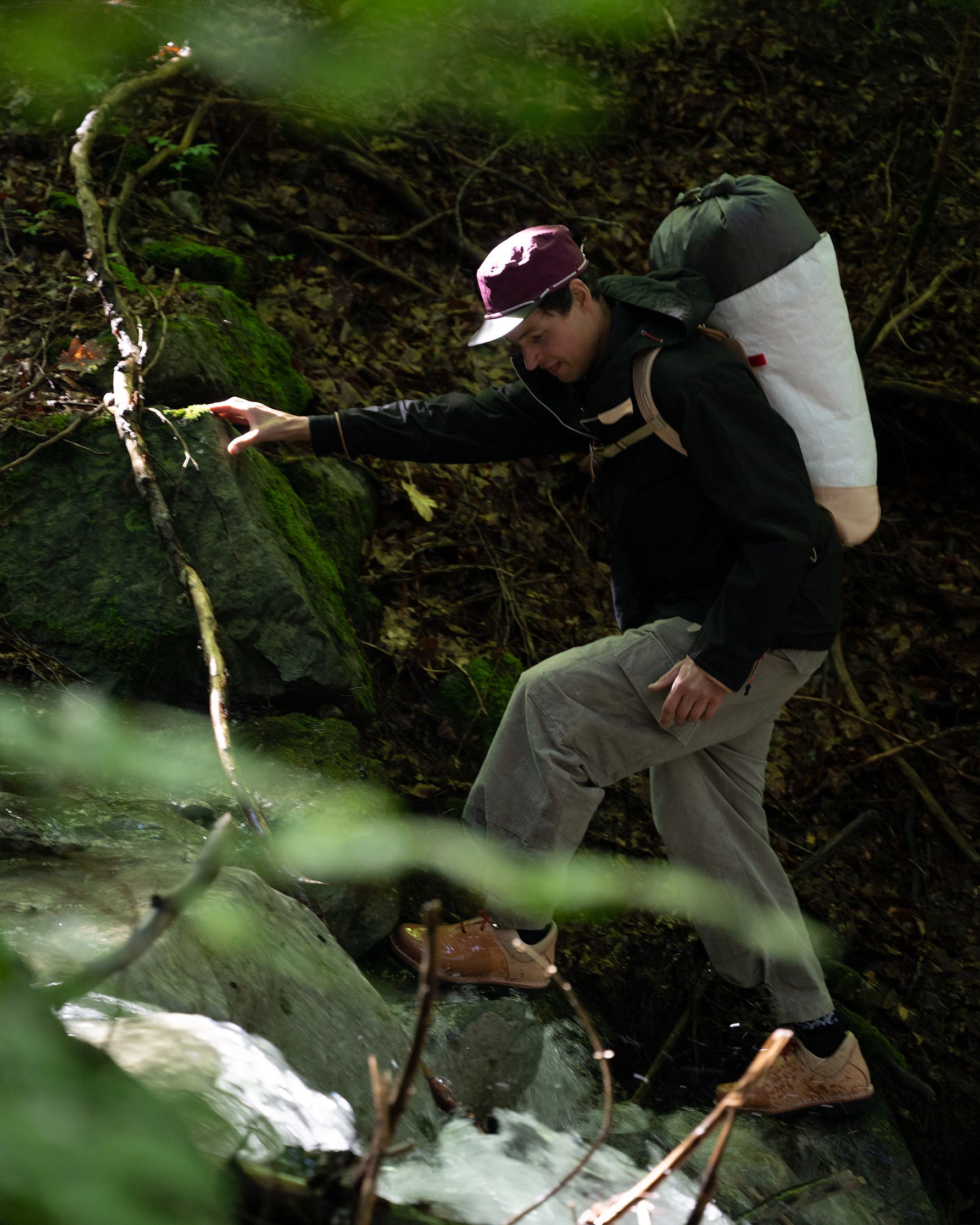
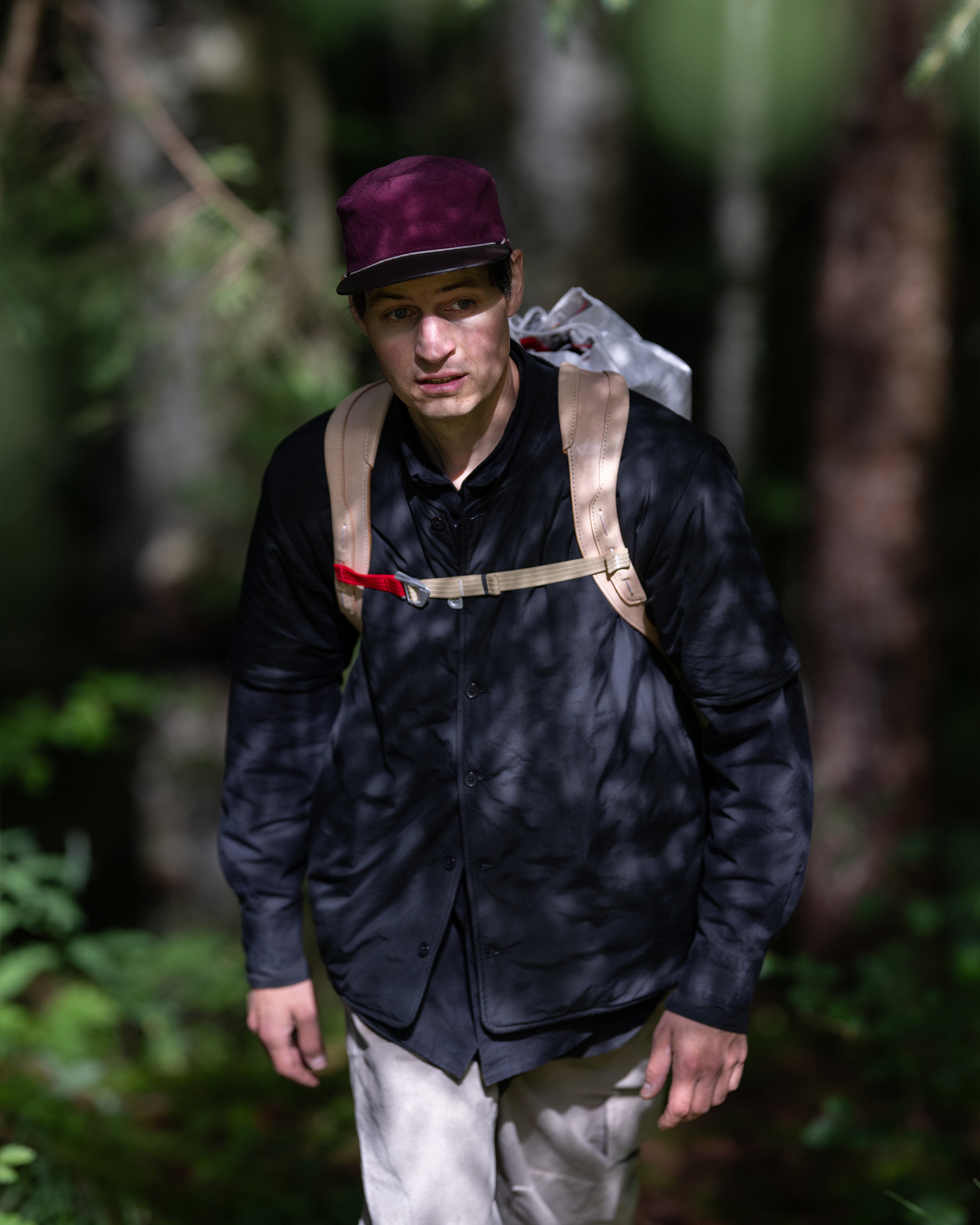
To continue creating meaningful work
- Are there any themes or areas you hope to explore going forward?
-
L
First and foremost, I hope the thinking behind this project reaches the people who use these items. Ultimately, whether it’s a backpack or a garment, what I aim to create is something that holds meaning for the person who wears it.
From that perspective, I see this collaboration with A&S as a very valuable approach—one that allows for making products with depth and intention. I’d be happy if we can continue developing it as an ongoing dialogue.
As I mentioned at the beginning, I’ve had this vision of a trilogy in my mind for some time: the backpack, the jacket, and the boots. With this ESSENTIALS project, the jacket—the Anorak—has now joined the backpack.
So, what’s next?
…It might just be the boots. (laughs)Finally, I want to express my sincere thanks to Sonya and the A&S team for their trust and for giving me this opportunity. I’ve learned so much through this experience, and I’m genuinely excited for the launch of the collection.
-
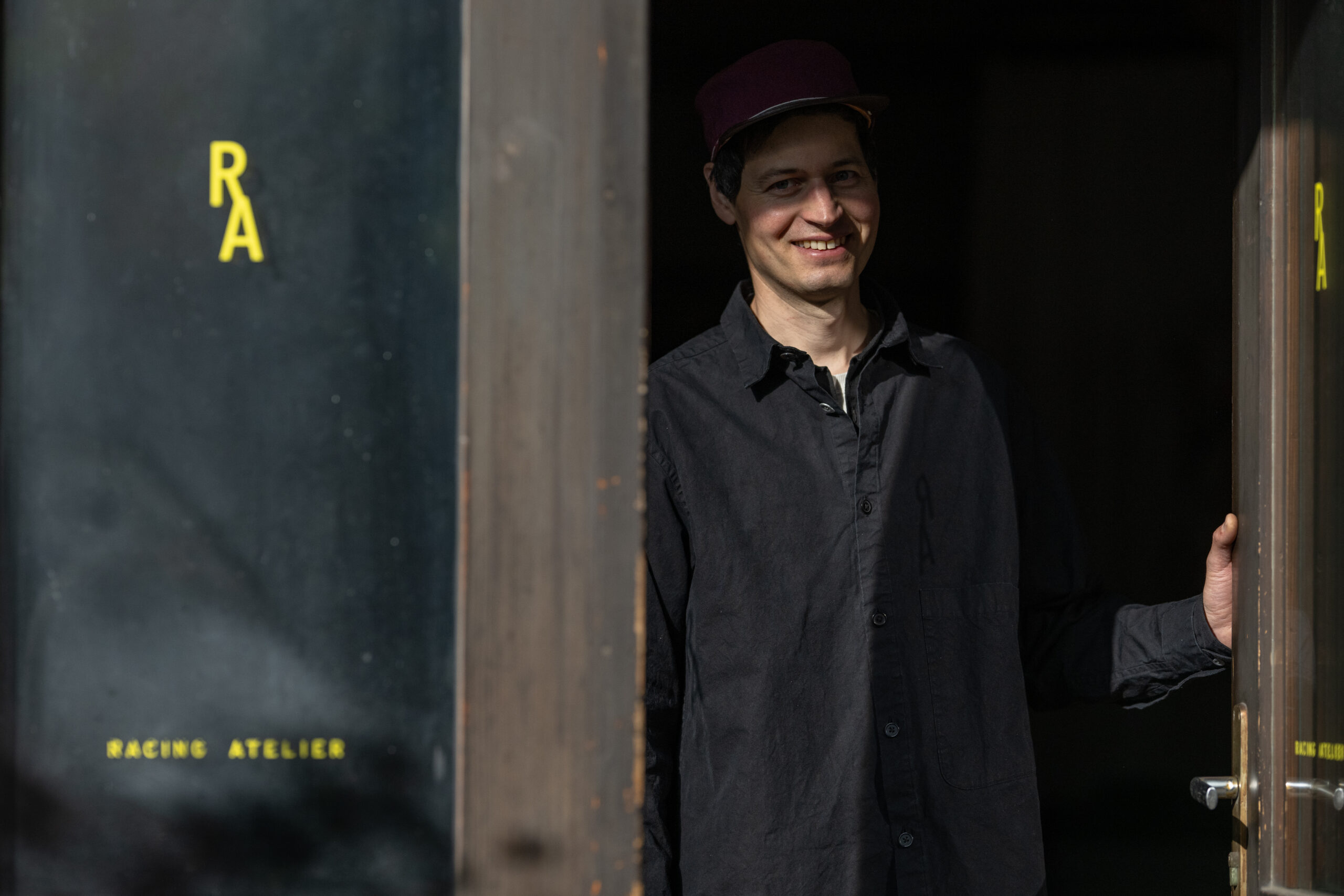
The ESSENTIALS collection will launch on Saturday, September 13, at &SHOP Aoyama and Kyoto. At &SHOP Aoyama, Leander Angerer will be present on the first two days, hosting a custom bag order event. We invite you to explore the world of “clothing and tools,” created through dialogue with the people who use them.
RACING ATELIER with A&S “ESSENTIALS”
